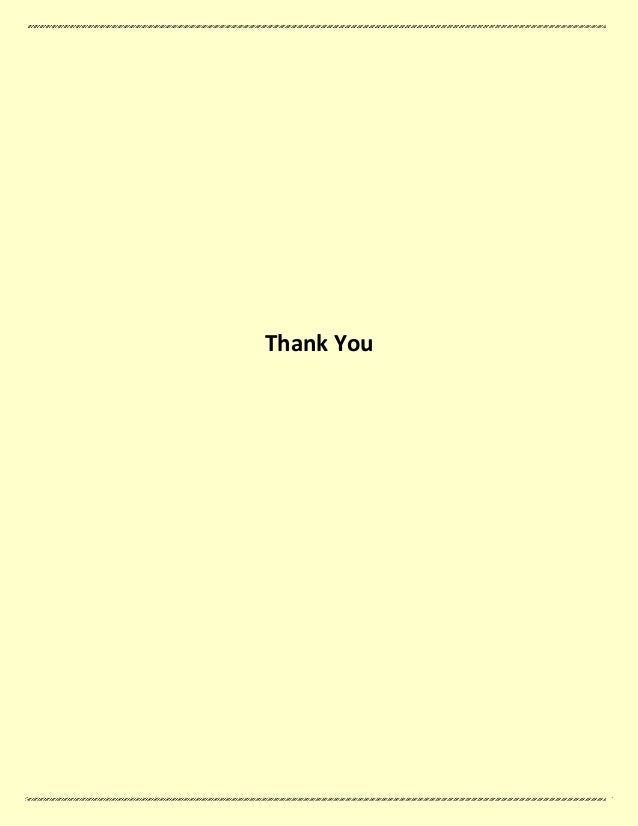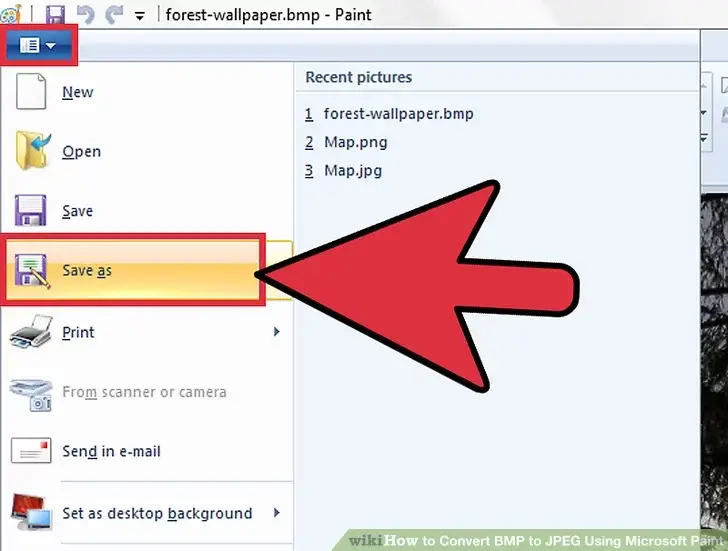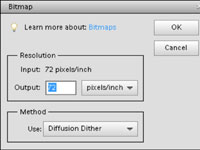
I'm just showing another way to load various graphic types into a TImage without knowing beforehand the image type, or the file extension.
CONVERT JPG TO BITMAP IMAGE CONVERTER HOW TO
The other answers show how to convert the TImage to a BMP, so I'm not including that here. It works without adding PNGImage, GIFImg, or JPEG to your uses statement. Procedure RenderImage(const Filename: string) įs := TFileStream.Create(Filename, fmOpenRead) Assuming you have a TImage on the form called Image1: procedure LoadImageFromStream(Stream: TStream Image: TImage) It is capable of detecting the image type from a stream.
CONVERT JPG TO BITMAP IMAGE CONVERTER WINDOWS
However, in XE2, there is another class in Vcl.Graphics called TWICImage that handles images supported by the Microsoft Imaging Component, including BMP, GIF, ICO, JPEG, PNG, TIF and Windows Media Photo. I don't have Delphi 2007 or 2009 to see if this will work in either of those versions. Maybe you can use this library for your purpose. This seems very similar to the VB6 way of doing this that you mention. The GraphicEx library has an example convert that uses GraphicClass := FileFormatList.GraphicFromContent(.) TBitmap, TJPEGImage, TGIFImage, TPngImage) įileStr := TFileStream.Create('D:\Temp\img.dat', fmOpenRead) įor ClassIndex := Low(GraphicClasses) to High(GraphicClasses) do begin GraphicClasses: array of TGraphicClass = ( As a result, the output bitmap files are much larger than JPGs. Both JPG and BMP files support true colors (24-bit colors) but only JPG supports compression and metadata. As soon as you paste your JPG/JPEG in the input area, the program will. With this online tool, you can transform JPG files into bitmap (BMP) files. You could use the efg page as a starting point of your research.Ī quick and dirty solution is to try the few formats you need to handle until one succeeds: function TryLoadPicture(const AFileName: string APicture: TPicture): boolean This is a simple browser-based JPG/JPEG photo to raw BMP/bitmap photo converter.

There's a reason that there is no matching TPicture.LoadFromStream method.Īn external library which can examine data and determine the graphic format at runtime would be the best solution. You can't use TPicture.LoadFromFile if you don't know what format the graphic has, as this method uses the file extension to determine which of the registered graphic formats needs to be loaded. If Copy(FirstBytes, 1, 2) = #$FF#$D8 then procedure DetectImage(const InputFileName: string BM: TBitmap) įS := TFileStream.Create(InputFileName, fmOpenRead) If the file extension is not known one method is to look at the first few bytes to determine the image type. Picture.LoadFromFile('C:\imagedata.dat') ī(0, 0, Picture.Graphic) Procedure TForm1.Button1Click(Sender: TObject) If the file has an extension you can use the following code, as noted by others the TPicture.LoadFromFile looks at the extensions registered by the inherited classes to determine which image to load. Microsoft Paint, Adobe Photoshop, Paint Shop Pro, the GIMP, GraphicConverter, Helicon Filter, ImageMagick, Inkscape, IrfanView, Pixel image editor, 2009 comes with built in support for JPEG, BMP, GIF and PNG.įor earlier versions of Delphi you may need to find third party implementations for PNG and GIF, but in Delphi 2009 you simply add the Jpeg, pngimage and GIFImg units to your uses clause. Many different versions of some of these structures can appear in the file due to the long evolution of this file format.Īpple Safari, Google Chrome, Mozilla Firefox, Internet Explorer, Adobe Photoshop, Paint Shop Pro, the GIMP, ImageMagick, IrfanView, Pixel image editor, Paint.NET, Xara Photo & Graphic Designer. In the Save As dialog, change the file type in Save As edit window to JPEG (.JPG. The bitmap image file consists of fixed-size structures as well as variable-size structures appearing in a predetermined sequence. Most image capture devices (such as digital cameras) that output JPG creates files in the Exif format, the camera industry standardized for metadata interchange. Image files that employ JPG compression are commonly called "JPG files" and are stored in variants of the JIF image format.

The BMP file format, also known as a bitmap image file or device-independent bitmap (DIB) file format or simply a bitmap, is a raster graphics image file format used to store bitmap digital images independently of the display device, especially on Microsoft Windows and OS/2 operating systems.

JPG typically achieves 10:1 compression with little perceptible loss in image quality. The degree of compression can be adjusted, allowing a selectable tradeoff between storage size and image quality. JPG is a commonly used method of lossy compression for digital images, particularly those produced by digital photography.


 0 kommentar(er)
0 kommentar(er)
